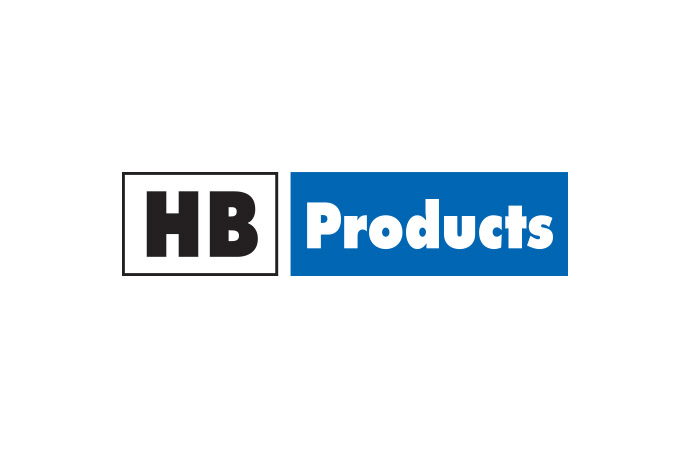ammonia21.com talked to Rene Van Gerwen, Global Lead Engineer Refrigeration & HVAC, to get insights into Unilever's Sustainability strategy and some of the considerations when addressing energy savings in industrial refrigeration activities. In this first part of the interview the Lead Engineer talks about heat recovery options and ammonia being the preferred refrigerant for industrial applications.

ammonia21: You presented a paper at the 23rd IIR International Congress of Refrigeration on “End-user strategies for sustainable industrial refrigeration”, could you tell us more about Unilever’s strategy, and how refrigerants are taken into account?
Unilever launched a sustainability strategy at the end of last year. It covers industrial refrigeration and the effects on the environment of both the refrigerant and the energy consumption.
With regard to refrigerants, luckily for Unilever we chose ammonia as the preferred refrigerant a long time ago for all our industrial activities, long before ozone depletion and global warming became issues. It will remain the preferred refrigerant for our industrial processes, sometimes used in combination with CO2 in cascade systems. We really believe that ammonia is the future for industrial applications.
As there are no direct emissions from using ammonia Unilever is looking into minimising the energy use from industrial refrigeration.
ammonia21: How does Unilever plan to reduce energy use from industrial refrigeration and reduce CO2 emissions?
As a base for implementing a strategy to half the CO2 emissions, we started by using a benchmarking tool in our existing factories to analyse the amount of CO2 generated per ton of product. However, we learned quite quickly that for this purpose benchmarking is not the right tool, as there are too many factors influencing the energy use per ton of product produced. If you try to compensate for all these additional factors in a benchmarking methodology the complexity becomes unmanageable. Therefore, we decided benchmarking would be used only as an evaluation tool.
In order to steer the sustainability strategy, we instead decided on a more technology-based approach, where we developed sets of improvement levers for all energy related processes including refrigeration. For each of these improvement technologies we developed a matrix evaluating saving potential and classes of excellence. Each individual operation rated themselves against these classes of excellence and based on the data collected we developed improvement strategies for those low-scoring factories with clear targets.
ammonia21.com: How do Unilever ammonia factories rate in your matrix?
Results were very scattered, as expected. Some were excellent and some had several areas for improvement. The areas for improvement also differed. Some of the improvements are quite simple to implement, such as housekeeping, optimisation of set points etc. Others require longer-term projects and significant capital investment, such as installation of heat pumps or combined heat and power (CHP) systems.
ammonia21.com: Has Unilever already implemented some of these measures, such as heat recovery systems in any of its factories?
Yes, we recover heat from industrial refrigeration systems in a number of sites. For example, we recover heat from the discharge gas, which is a heat source where you can extract hot water in the range of 52°C to 60°C, which is valuable heat. This has been utilised in a number of factories but is still to be implemented in several sites. We have a number of such ongoing projects.
ammonia21.com: You mentioned heat pumps as an option for reducing energy use. Has Unilever installed any ammonia heat pumps?
Installing ammonia condenser heat pumps is the next, more advanced step. At the moment we have one system running in a very big margarine factory in the Netherlands. We have planned a number of similar systems in other sites. All of these systems use the condenser heat from the refrigeration plant as the heat source for the heat pump. I never realised, but condenser heat is almost an ideal heat source for a heat pump because: the temperature level and the amount of heat is quite stable; the temperature level is much higher than for many of the other heat sources; and there is a good balance between heat supply and need for heat, which is not always the case for heat pump applications.
The first plant in Rotterdam in the Netherlands has been running for a year and confirms the planned savings and overall payback times of between 2-3 years.
ammonia21.com: For Unilever’s other installations, what is the timescale for the introduction of heat recovery options and ammonia heat pumps?
Unilever must meet its sustainability target by 2020. The journey to reach this target will largely be a matter of priority setting, and evaluating the most efficient way of spending capital. Heat recovery and heat pumps are quite high on the priority list, so I expect that within the next couple of years there will a number of ammonia heat pump projects.
However, there is of course strong competition between the available equipment options for energy reduction in manufacturing operations, such as the introduction of CHP, highly efficient air compressors, boilers and electrical motors, all requiring capital.
One thing we have learned is that most of our food processing plants, in general have a complicated heating infrastructure, with all kinds of processes involved, requiring different temperature levels. The heating needs fluctuate and are not stable, so in most cases we need to install thermal buffering systems. They depend on ambient conditions, production type, production volume and so on.
ammonia21.com: What is Unilever’s position with regard to these different energy saving options for industrial refrigeration?
Unilever does not like to wait too long to implement energy saving. We have to make progress and sometimes decisions have to be made that will not result in the optimum energy saving.
CHP for example is almost a “plug and play” block that can be installed in a straightforward process. Energy companies can easily provide the local power plants, and European policy is to use CHP wherever it is feasible. Today, we have CHP plants running in 16 of our European factories. However, as soon as you have installed a CHP plant this may block using other attractive heat recovery options, such as using recovered heat from the refrigeration system.
MORE INFORMATION
Related stories

_1475587414.png)















_1522327086.png)



